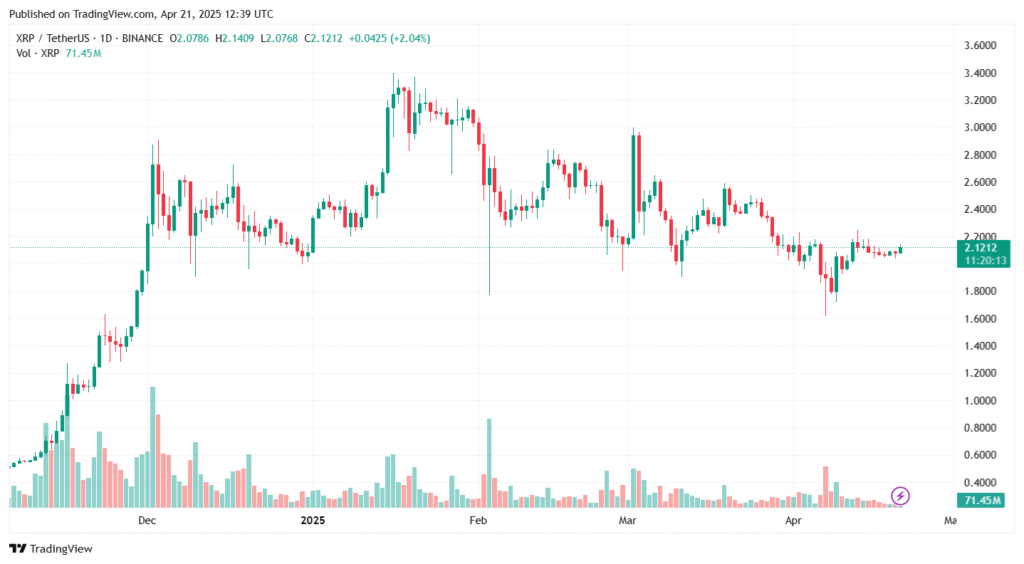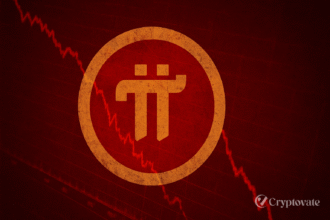In April 2025, XRP smashed through the $2.1 mark, igniting excitement across the crypto community. Traders on X are buzzing with bullish predictions, and Ripple, the blockchain powerhouse behind XRP, is at the heart of this surge. With Bitcoin hovering around $85,000 and altcoins like Solana gaining traction, is XRP’s rise a sign of the next crypto bull run? This article dives into the drivers behind the XRP price surge, Ripple’s blockchain innovations, and what it means for the 2025 market.
What’s Driving XRP’s Surge?
The 2025 XRP price rally is driven by a powerful mix of catalysts:
- Regulatory Clarity: Ripple’s legal battles with the SEC, largely resolved by late 2024, have restored investor confidence. Clearer U.S. regulations have positioned XRP as a trusted asset for institutional adoption.
- Institutional Adoption: Major financial institutions are integrating XRP for cross-border payments, leveraging Ripple’s blockchain for speed and low costs. Partnerships with banks and payment providers have surged in 2025.
- Market Sentiment: Bullish patterns, like a breakout above key resistance levels, have fueled trader optimism. Posts on X highlight XRP’s momentum, with analysts eyeing $3 as the next target.
These factors have propelled XRP past $2.1, outpacing many altcoins in April 2025.
Ripple’s Blockchain Advantage
XRP’s success is underpinned by Ripple’s blockchain technology. Designed for fast, low-cost cross-border payments, XRP outperforms traditional systems like SWIFT. In 2025, RippleNet, Ripple’s global payment network, processes billions in transactions, with XRP as the bridge currency. Key advantages include:
- Speed: XRP transactions settle in 3-5 seconds, compared to days for bank transfers.
- Cost Efficiency: Fees are mere fractions of a cent, perfect for remittances and micropayments.
- Scalability: Ripple’s blockchain handles thousands of transactions per second, rivaling major networks like Visa.
These strengths make XRP a leader in blockchain payments, attracting fintech and banks in 2025.
Market Implications
Could XRP’s surge signal a broader crypto bull run? Historical data suggests altcoin rallies often follow Bitcoin’s stabilization, as seen with Bitcoin’s $85,000 plateau in April 2025. XRP’s climb coincides with gains in Ethereum, Solana, and meme coins like SHIB, signaling broad market optimism. Ripple’s partnerships and regulatory wins could catalyze further institutional inflows, driving altcoin prices higher. However, macroeconomic factors, like U.S. tariff policies, may temper gains, creating a mixed outlook for 2025.
- Sponsored -


Risks and Challenges
Despite its momentum, XRP faces risks:
- Volatility: Crypto markets remain unpredictable, with XRP vulnerable to sudden corrections.
- Regulatory Uncertainties: While U.S. clarity helps, global regulations vary, posing challenges for Ripple’s expansion.
- Competition: Stablecoins like USDC and layer-1 networks like Solana compete for payment use cases.
Investors should be cautious when considering XRP, weighing its potential benefits against the associated market risks.
Also Read: Ripple vs. SEC Ends, Stablecoins Get Green Light: A New Era for U.S. Crypto Policy
Conclusion
XRP’s climb past $2.1 is more than a price spike—it’s a testament to Ripple’s blockchain leadership. In 2025, XRP may lead a crypto bull run, fueled by institutional adoption and payment innovations. Yet, volatility and competition remind us to stay vigilant. For crypto enthusiasts, XRP’s journey is a thrilling glimpse into blockchain’s future.
FAQs
What is driving the XRP price surge in 2025?
The XRP price surge past $2.1 in 2025 is fueled by Ripple’s regulatory clarity, institutional adoption, and bullish trader sentiment on platforms like X.
Is XRP capable of spearheading a crypto bull run in 2025?
XRP’s rise, backed by Ripple’s blockchain payment solutions, could signal a broader market rally, but volatility and competition remain key factors.
Is XRP a good investment in 2025?
XRP shows strong potential due to Ripple’s partnerships and payment use cases, but investors should research risks like market volatility and regulations.













